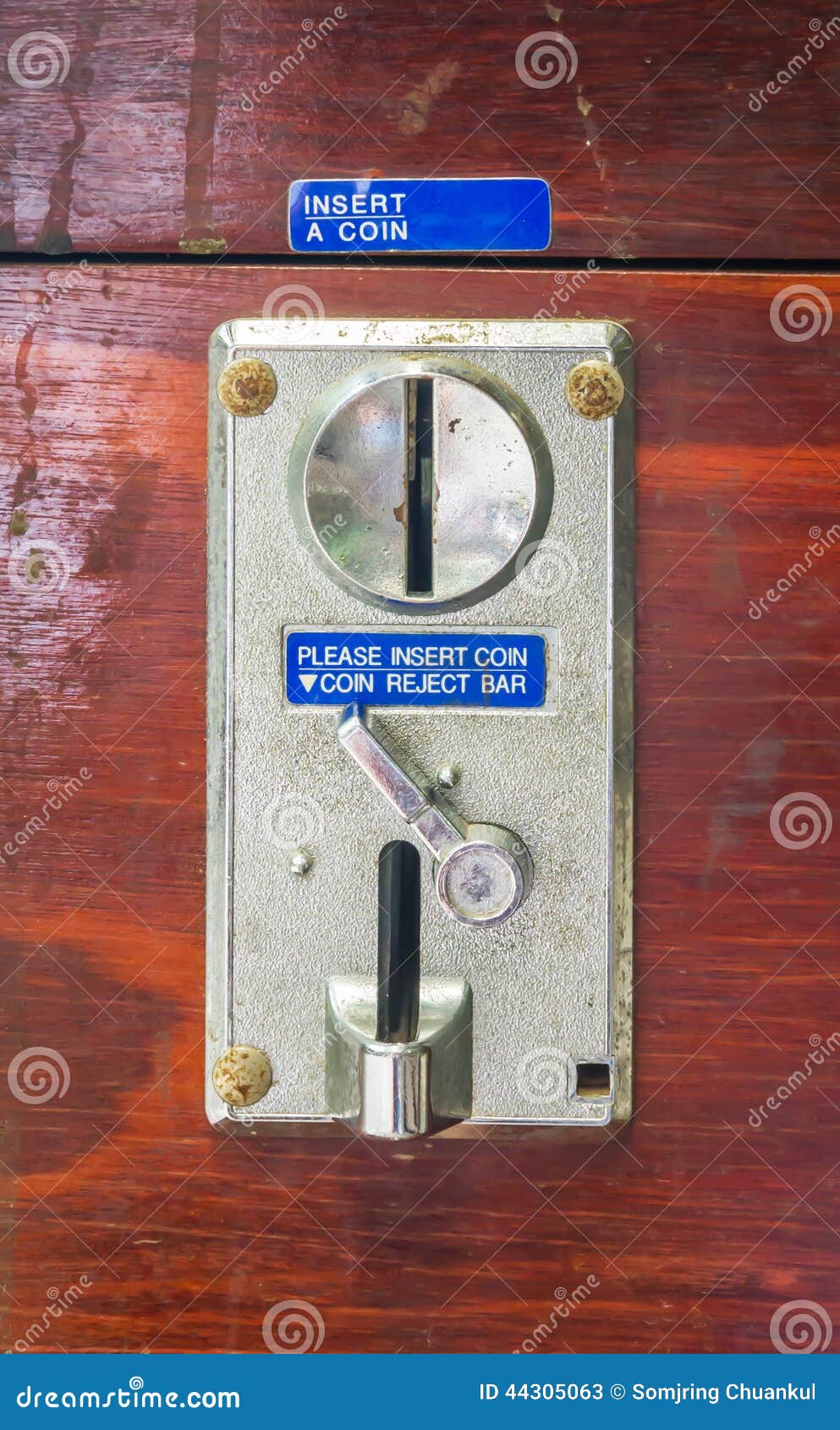Coin Slot Timer Program
Are you trying to make a quick dime from electronics? Why limit yourself to dimes? This coin acceptor will take up to 6 different kinds of coin! Whether you’re building your own arcade cabinet or just charging admission to your house, this programmable coin acceptor makes it easy to monetize your next project. Download Free Camus Der Mythos Des Sisyphus Pdf Editor. The sensors in this coin acceptor use the thickness, diameter and fall time of the coins to identify them and it’s fully programmable so you’re not limited to any particular type of currency. Simply use the buttons and 7-segment display on the side of the unit to select a coin profile, insert a bunch of coin samples (or the same one, over and over) then designate the value. After you’ve programmed the coin profiles, simply read the serial output of the coin acceptor and it will tell you the value of each coin as they’re inserted.
English Dictionary Free Download For Mobile Nokia Asha 311. It reports these values as binary bytes and the baud rate is selectable on the unit. This coin acceptor also has a coin reject, so your controller can tell the coin acceptor not to take any more coins, as well as a (very loud) alert beeper. All you need to get the coin acceptor working is a pocket full of change, a 12VDC supply and somewhere for the change to fall after it’s accepted. So maybe you won’t get rich building your own vending machines but access control using different sizes of tokens might be cool, or even a virtual vending machine where you can buy MMORPG items. There are a ton of cool coin-operated projects just waiting to be built! The demo video did not use Arduino code. Nick just connected a USB-to-serial converter to a 6-coin acceptor (calibrated with different samples for the coin denominations).
ClaimBitcoin is the Bitcoin generator that everyone has been waiting for. Currently it is the only working Bitcoin generator out there, and at the moment it can. Jun 3, 2013 - 46 sec - Uploaded by JOrax TechshopThis shows how easy it is to connect your coinslot to your PC. Allowing your software timer to.

By opening a serial terminal connected to the COM port (with the setting 9600 baud, 8-none-1-none), Nick was able to view the output when a coin was recognized. If you are using a 5V Arduino microcontroller, you could check if there was serial data sent from the 6-coin acceptor’s UART with a serial passthrough sketch =>[ ]. The code was designed to pass serial data from an XBee (connected to the software serial pins) to the serial monitor.
Just make sure to connect Tx to Rx and vice versa. For reference you would need to connect the ground pin for reference.
Here is a summary of the connections: 6 Coin Acceptor 12 Power Supply 5V FTDI 12v +12V -(NC)- Serial Output -(NC)- RXI 0V GND GND Counter Output -(NC)- -(NC)- Inhibiting Port -(NC)- -(NC)- Note: -(NC)- means that there is nothing connected. For more information on serial UARTs, I recommend looking at this tutorial =>. I also recommend looking at the Arduino Serial Library [ ]. I don’t know if the following applies to this particular device, but it’s common on coin acceptors to have the coin fall past a magnet. A “slug” will stick to the magnet, and stay there until the “eject” button is pressed, which then allows the slug to fall through the return slot.
Non ferrous coins are affected to a much lesser, but still significant degree as the go past the magnet. The magnet slows them down enough to change the fall time. So, in effect, the magnet tests the coin for metallic content.
The one that I got had markings on a paper label saying “CURR.:USD”. This made me think it might be pre-programmed for U.S. Coins, so before going ahead and tinkering with the programming, I grabbed up a bunch of coins and tried it. Before even connecting it, I dropped several coins through. Pennies, nickels, dimes, quarters, and dollar coins dropped out into the “reject” slot.
I even happened across a 500 Yen coin (about the same size as a dollar), and it also dropped out into the “reject” slot. However, when I tried half dollar coins, they got “stuck”, and even pressing the “jam” button didn’t help. I managed to get a glimpse in, and discovered that the half dollars get “stuck” on a screw post that has an unfortunate position. Powering it up, I found that it rejected pennies entirely. When a nickel was put in the slot, it would fall “into the bucket” and the display would read “01”. A dime would also be accepted, and would read “02”.
A quarter is accepted and gets an “05” on the display. THE HALF DOLLAR STILL GETS STUCK! It does not accepted.
I was able to get them back out, but doing so generated error messages on the display. A one dollar coin is accepted and generates a “20” on the display.